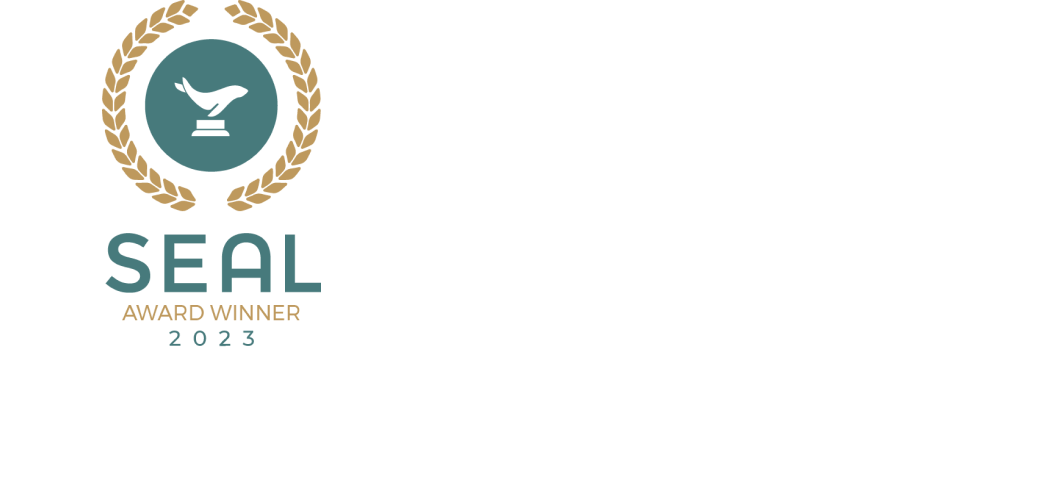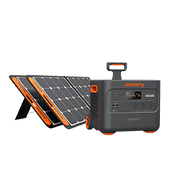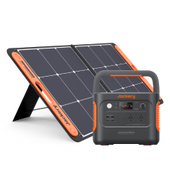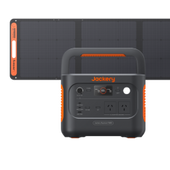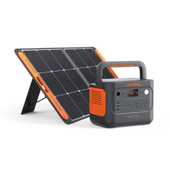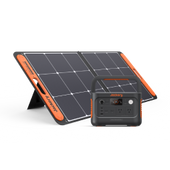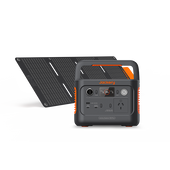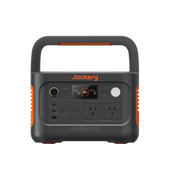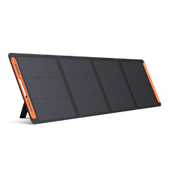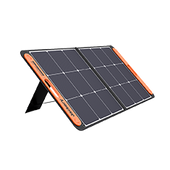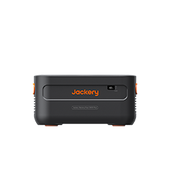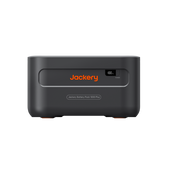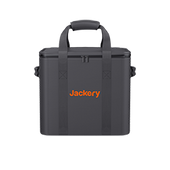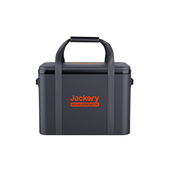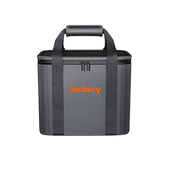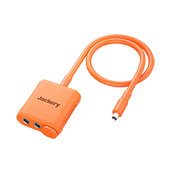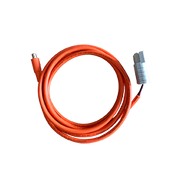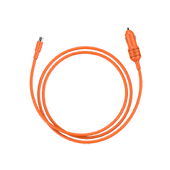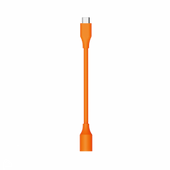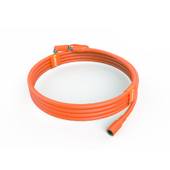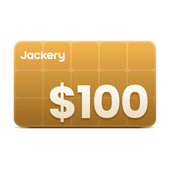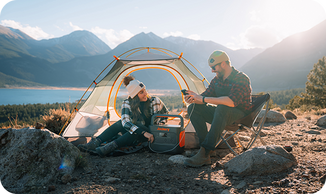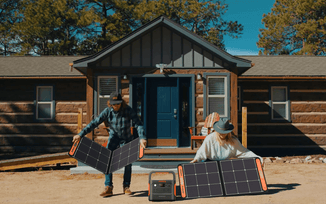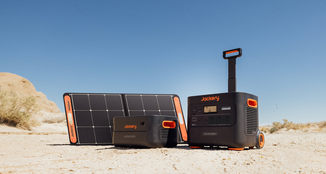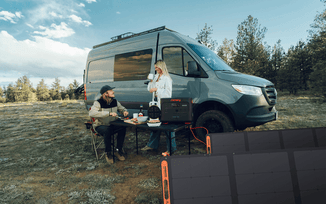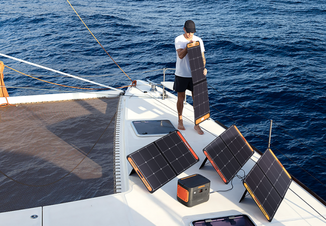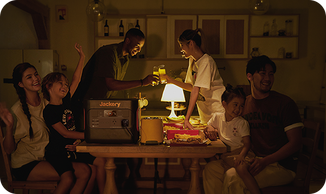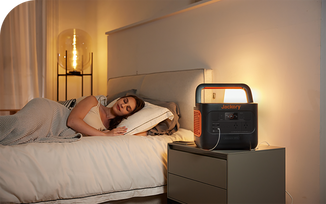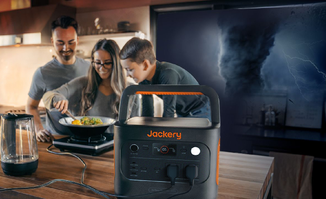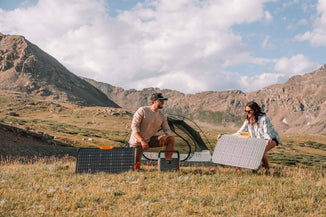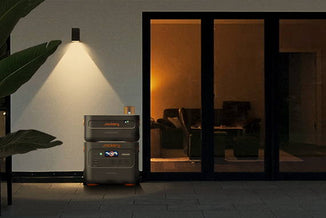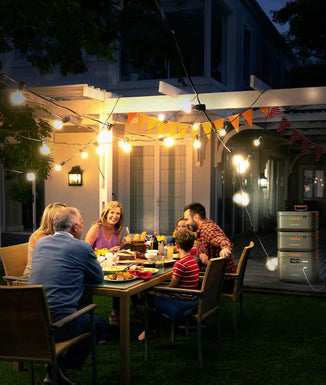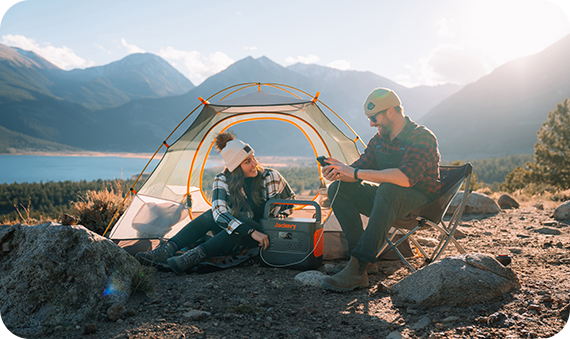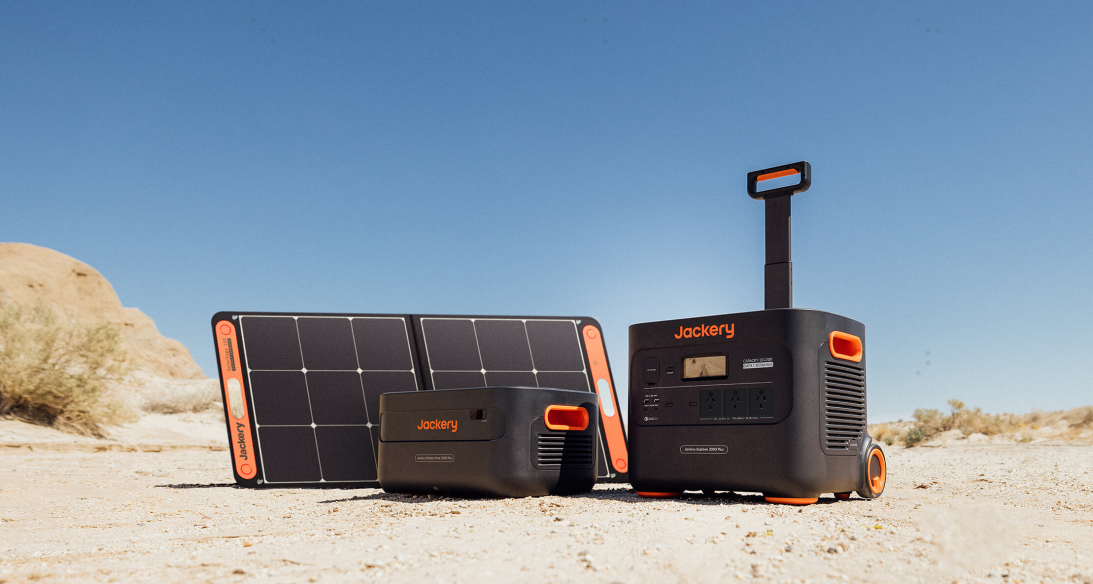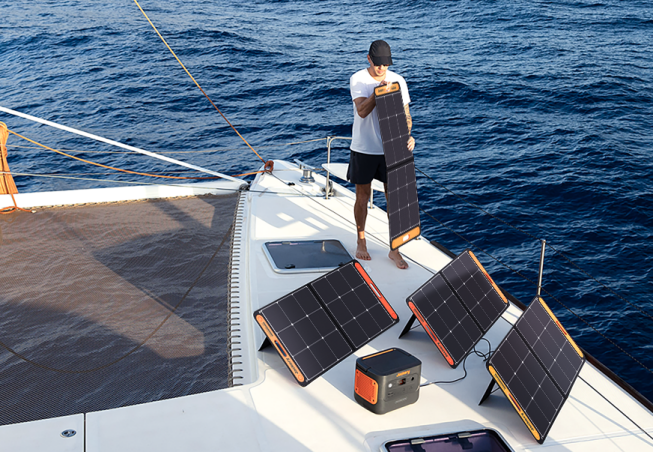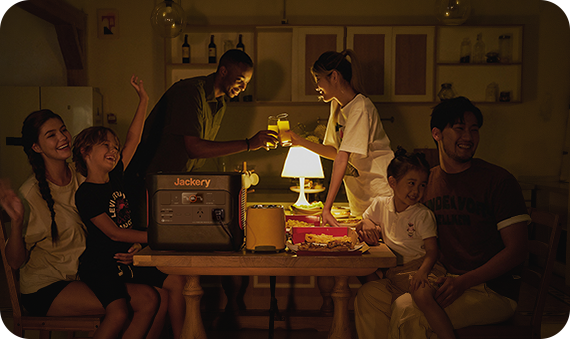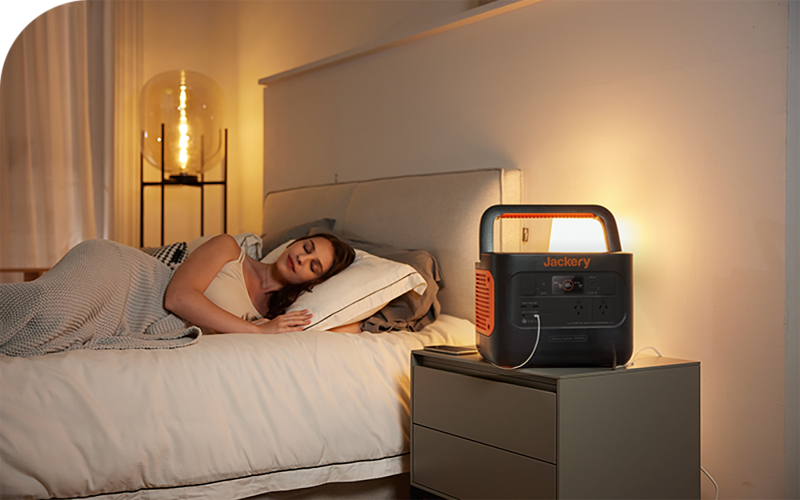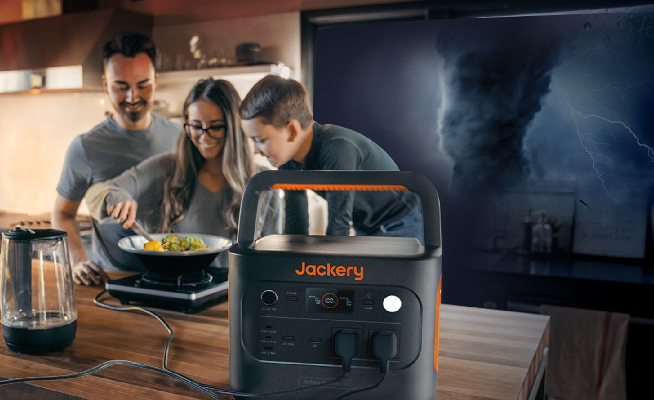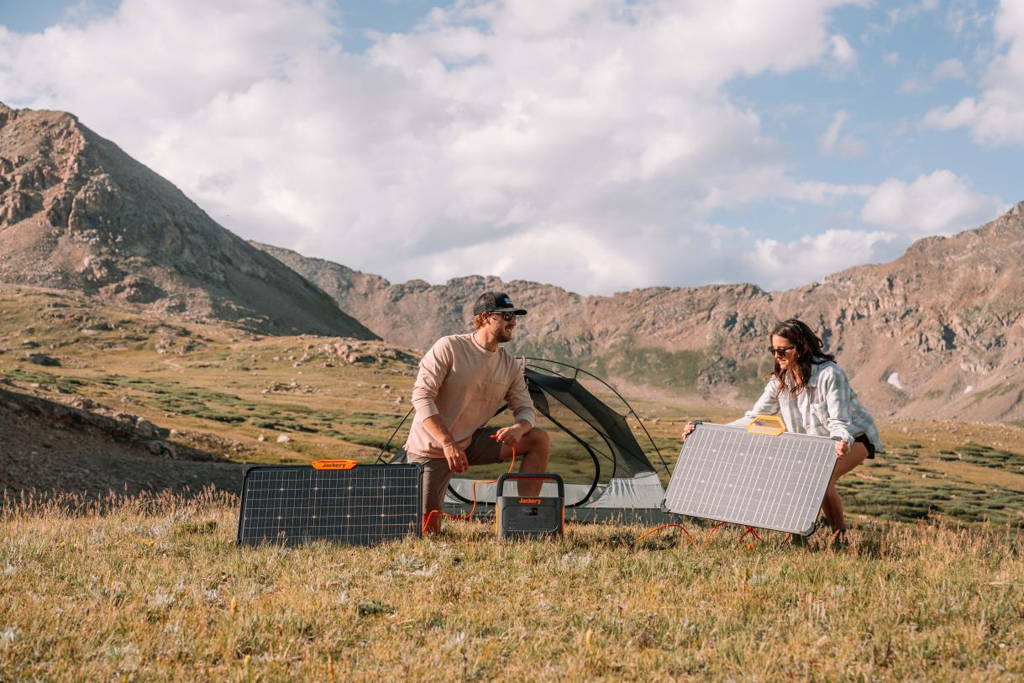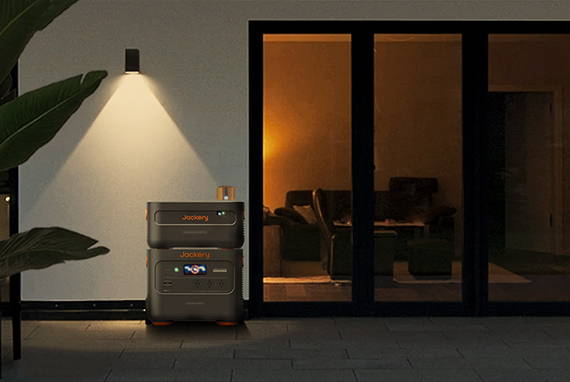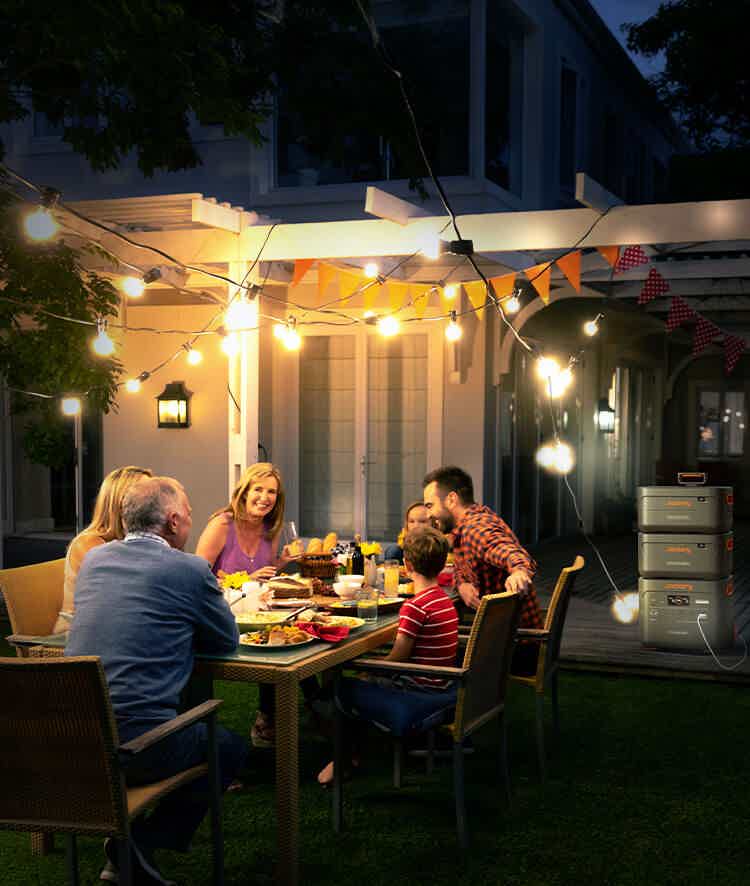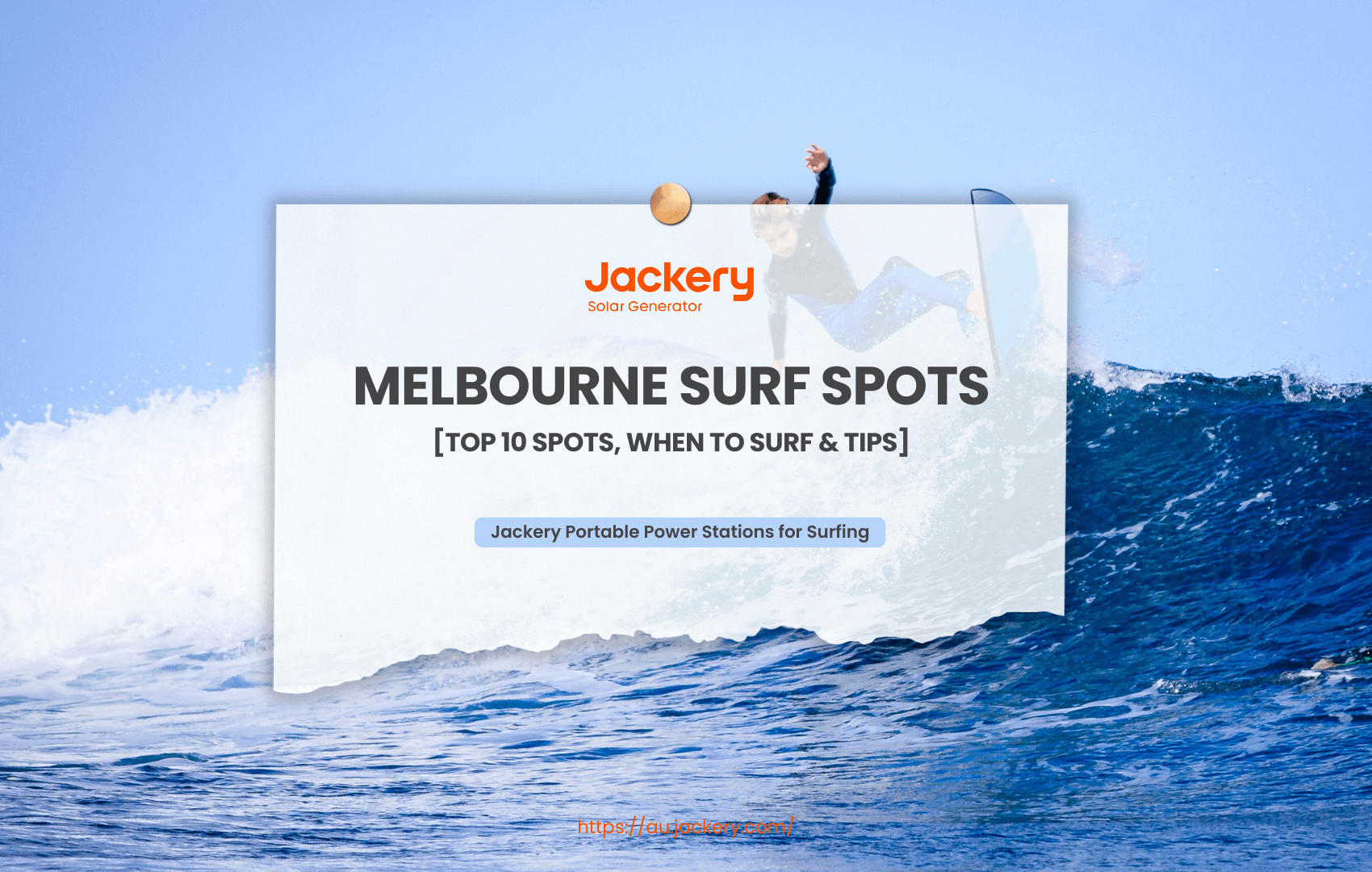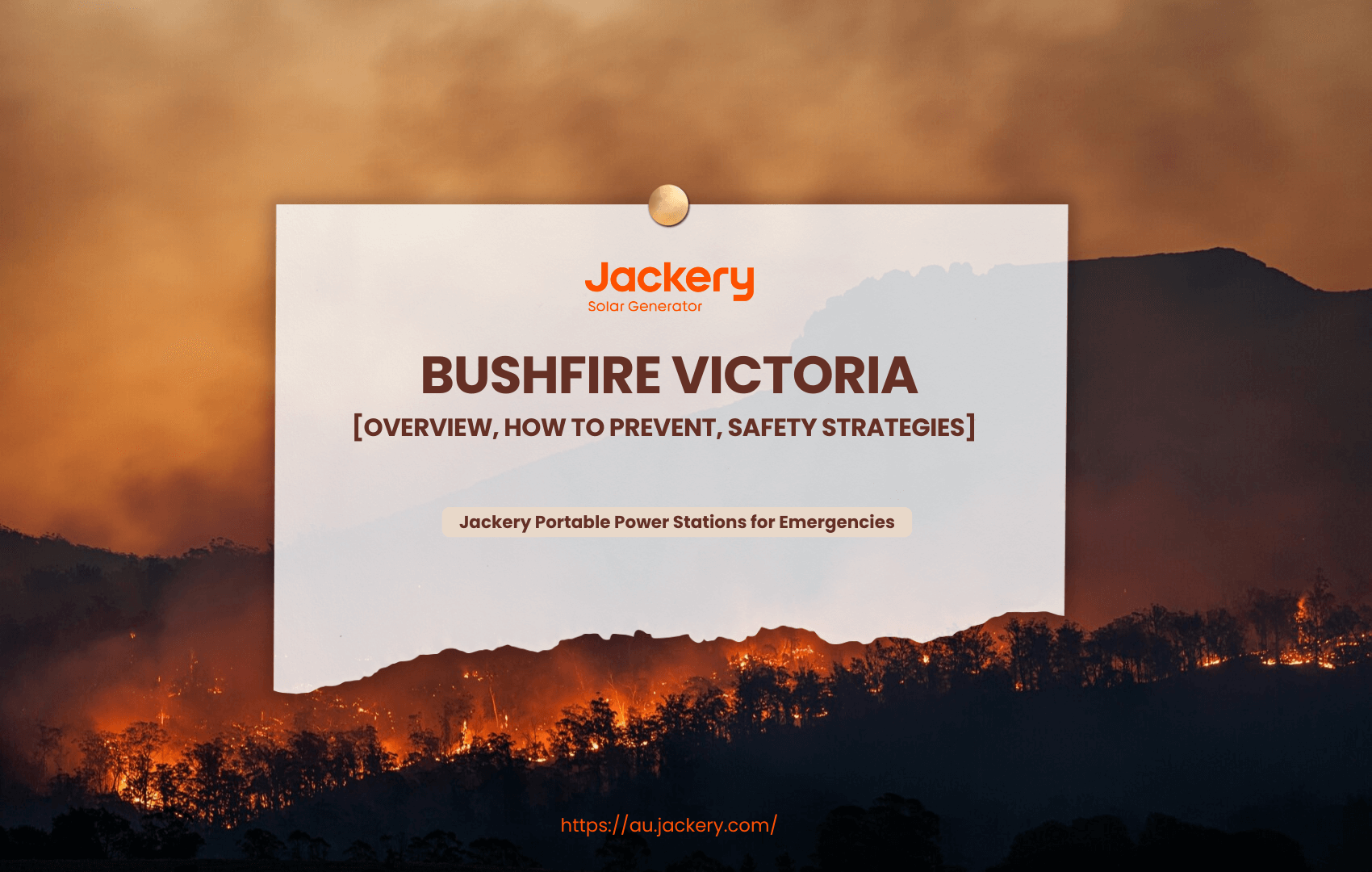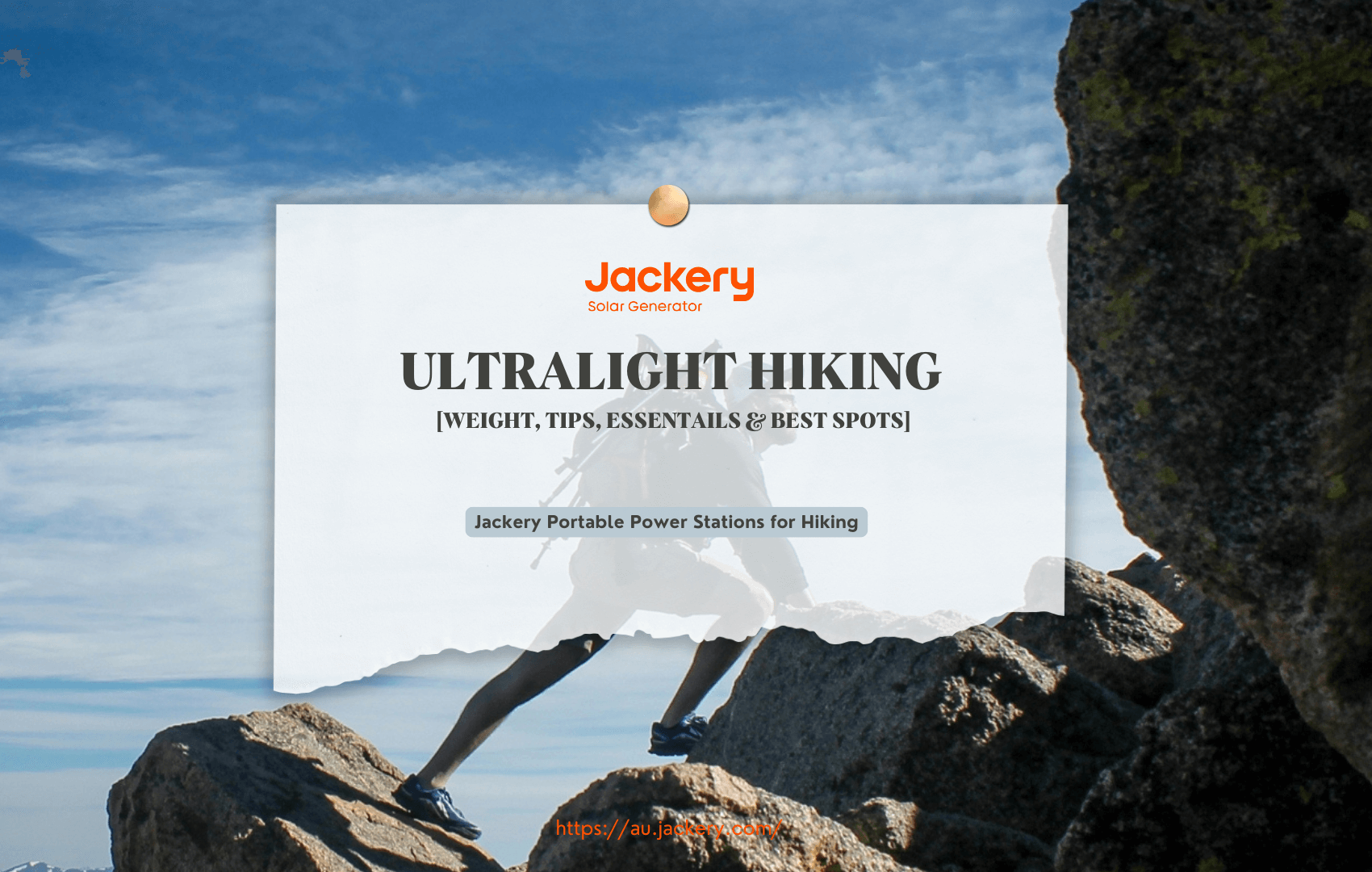|
Key Takeaways: |
|
- Melbourne has some of the top surf areas in Australia. - Any surfer can find their ideal wave from Rye Back Beach to Williamstown Beach. - Melbourne's surfing conditions vary with the seasons, each with unique characteristics. - Tips for surfing: optimal times, tactics, and equipment to consider. - Understanding environmental and cultural considerations is essential for a positive surfing experience. - We recommend Jackery Solar Generator 600 Plus and 300 Plus to charge different sizes of camping fridges. |
Is Melbourne Good for Surfing?
If you enjoy surfing and want to visit Melbourne, you may question if it is a decent spot to surf. Melbourne should be at the top of your travel bucket list!
Melbourne is located in Victoria, a state with a 2000-kilometer coastline. Melbourne is home to some of Australia's top surf sites, with waves suitable for beginners and expert surfers. This means there are many surf places to select from. Surfers in Melbourne may enjoy the thrill of fighting huge waves along the rugged and remote coastline.
Here, the surf breaks are known for being more difficult, making them suitable for experienced surfers looking for an adventure. This tourist-friendly Australian city is well-known for its surf culture, with each spot offering unique challenges and opportunities for surfers of all ability levels.
"Surfing is about the journey as much as the destination. In Melbourne, those journeys happen both on the waves and in our lives." Surfing in Melbourne involves more than just riding waves. It also promotes some environmental consciousness, with many surfers becoming activists for ocean protection. This simultaneous devotion to sports and ecological preservation reflects a larger cultural ethos in which community and nature coexist peacefully.
The Best Time to Surf in Melbourne
Melbourne's surfing conditions vary with the seasons, each with unique qualities. Summer, which lasts from December to February, offers warmer air and sea temperatures, attracting several beachgoers and surfers. During this time, both St Kilda and Brighton Beach are extremely busy. However, surfers should be aware that an increasing number of people in the water can sometimes result in crowded surf conditions.
From March to May, autumn is a goldmine for surfers since the winds tend to calm down, and the surges may be pretty constant. This combination of less crowded beaches and suitable weather makes an ideal environment for individuals wishing to improve their skills or enjoy the waves away from the noise and bustle of summer crowds.
Winter can be brutal, but that's when the great surfers emerge. The waves might reach their most excellent size this season, posing challenges for more experienced surfers. Heavy wetsuits are recommended to keep comfortable in colder water temperatures. It's critical to be prepared for rapidly changing situations. Thus, local knowledge comes in handy during these months.
Springtime, from September to November, may be pretty variable.
As the weather warms, so do the conditions, and surfers may enjoy varied wave sizes and increased clarity. This season frequently feels like a new beginning for surfers as they head out to shake off the winter rust.
Here's when to visit Melbourne's surf spots:
Rye Back Beach is best visited between March and May or September and November.
Sorrento Ocean Beach: Best from December to February and June to August.
Bells Beach: The best time to visit Bells Beach is between April and July.
Cathedral Rock: Hit the waves from March to May and September to November.
Apollo Bay is best visited between December and February.
Phillip Island is ideal between January, March, and October and December.
Mornington Peninsula: April to June and September to November on the ocean side or December to February on the bay side is ideal.
Brighton Beach: The ideal months are March through May and September through November.
Frankston Pier: June through August is good.
Williamstown Beach's peak season is from December to February.
To enjoy the best surf conditions in Melbourne, choose early mornings or late afternoons when winds are calmer and the sun is less fierce. Despite summer popularity, Autumn (March-May) is the optimal season for surfing in Melbourne's beaches. The onshore breezes generate larger waves, and the wind and weather conditions are favourable.
Best 10 Surf Spots in Melbourne
Explore the best surf spots in Melbourne, with waves suitable for all levels, from Rye Back Beach to Williamstown Beach.

1. Ryeback Beach
Rye Back Beach is ideal for beginner and experienced surfers alike. It's a great site with a long sandy beach and waves that are both tough and accessible. During low tides from March to May and September to November, the beach has milder waters and lighter winds, making it a top choice for an excellent Melbourne surfing experience.
Skill Level: Recommended for beginners and intermediate surfers.
Wave Type: Consistent small to medium waves.
Travel Time: Approximately. 1.5 hour trip from Melbourne's city centre.
2. Sorrento Ocean
Sorrento Ocean is Melbourne's ideal surf spot for beginners and intermediates. Its distinctive rocky reef break produces clean, smooth waves suited for longboarders. The best time to surf these waves is during high tide, particularly from December to February and June to August, when the conditions are ideal for a fantastic session.
Skill Level: Recommended for beginners and intermediate surfers.
Wave Type: Clean, smooth, reef break.
Travel Time: Approximately 1 hour 40 minutes from Melbourne.
3. Bells Beach
Bells Beach is a famed surfing spot known for its big waves reaching up to 5 meters. This is a must-see destination for advanced surfers looking for a thrilling experience in Melbourne. The best surfing season runs from April to July, with steady, huge swells and fewer crowds. This beach, which hosts the coveted Rip Curl Pro, is more than just a surf destination; it represents a surfing history.
Skill Level: Advanced and expert surfers.
Wave Type: A decisive right-hand point break.
Travel time: Around 1 hour and 20 minutes from Melbourne.
4. Cathedral Rock
Can you surf in Melbourne with an adventurous edge? "Cathedral Rock gives a loud yes. This place is popular among intermediate and advanced surfers due to its challenging reef and rock breaks that require technique and respect. The best conditions occur between April and September, with winter swells producing steady, high-quality waves. It's a place where the surfing community thrives, with natural beauty and thrilling thrills just outside the city.
Skill Level: Ideal for intermediate to advanced surfers.
Wave Type: Reef and rock break.
Travel time: Around 1 hour and 45 minutes from Melbourne.
5. Apollo Bay
Apollo Bay answers, "Can you surf in Melbourne in a more relaxed setting?". "Perfect for beginners and intermediates, it provides soft beach breaks, making it an excellent site for anyone wishing to improve their surfing talents. The magnificent backdrop of the Great Ocean Road enhances the experience, particularly during the warmer months of November through March. Apollo Bay is more than simply a surfing destination; it's a peaceful retreat for anyone wishing to leave the city and appreciate the ocean's rhythm.
Skill Level: Beginner to intermediate skill level.
Wave Type: Gentle beach breaks.
Travel time: Around 2 hours and 30 minutes from Melbourne.

6. Phillip Island
Phillip Island is a top surfing destination in Melbourne, with options for all experience levels. Phillip Island stands out as a surf destination because each coastline offers a unique surfing experience. Phillip Island offers a vibrant surf culture and stunning natural beauty, making it an ideal destination for those looking to experience the authentic Melbourne surf scene.
Skill Level: All levels.
Wave Type: Range from gentle to powerful.
Travel Time: Approximately 2 hours from Melbourne.
7. Mornington Peninsula
The Mornington Peninsula is a top surfing destination in Melbourne. It is well-known for its difficult point breaks and explosive reef breaks, making it a favourite among expert surfers. The area has a variety of places that come alive with swells from the Southern Ocean, particularly during the cold months. Beyond the waves, the Peninsula is a coastal charm hotspot with vineyards, restaurants, and art galleries, making it a popular destination for both surfers and non-surfers.
Skill Level: Ideal for intermediate to advanced surfers.
Wave Type: A combination of point and reef breaks.
Travel Time: Around 1 hour and 30 minutes from Melbourne.
8. Brighton Beach
Brighton Beach, a popular surfing destination in Melbourne, is noted for its scenic beauty and controllable waves. The beach is ideal for beginners and intermediate surfers, with calm breaks that allow you to hone your skills. The colourful bathing boxes appeal to the beach, making it a popular destination for surfers and beachgoers. Beyond the surf, Brighton Beach is a gateway to Brighton's premium cafés and boutiques, exemplifying Melbourne's sophisticated coastal lifestyle.
Skill Level: Beginner to intermediate skill level.
Wave Type: Gentle, beach breaks.
Travel Time: approximately 30 minutes from Melbourne.
9. Frankston Pier
Frankston Pier is a hidden treasure among Melbourne's most excellent surf beaches, ideal for beginners. The gentle, sand-bottomed waves near the pier provide a safe and welcoming environment for beginners. While it may not feature the large swells sought by skilled surfers, its serene location is ideal for those wishing to get into the sport. The pier and surrounding beach also provide a quiet backdrop for a pleasant day out, with plenty of local cafés and parks to visit after surfing.
Skill Level: Beginners.
Wave Type: Mild, sand bottomed.
Travel Time: Approximately 1 hour from Melbourne.
10. Williamstown Beach
Williamstown Beach in Melbourne, Australia, is a must-see for surf enthusiasts. This site welcomes surfers of all ability levels, with various wave patterns that can challenge veterans while being accessible to beginners. Its proximity to the city makes it an ideal location for a fast surf session. Williamstown's historical significance and its attractive coastal setting enhance its attraction. After riding the waves, explore the active local culture, which includes a variety of eateries, shops, and gorgeous walking pathways along the coast.
Skill Level: All levels.
Wave Type: Varied, from gentle to moderate.
Travel Time: approximately 20 minutes from Melbourne. Perfect waves await; dive in and discover the enchantment of this beloved place.
Tips for Surfing in Melbourne
Melbourne itself is situated on Port Phillip Bay, which is largely sheltered. This means that you won't typically find significant surf breaks directly within the city's immediate bay beaches like St Kilda, Brighton, or Port Melbourne. These beaches are generally calm and more suited for swimming and other water activities. The following are some tips for surfing in Melbourne:

Techniques and Tips for Surfing in Melbourne
Essential Surfing Techniques for Beginners
Starting your surfing experience can feel like you're at a crossroads, unsure of which way to go. Don't worry. Here are a few fundamentals to get you started. First and foremost, master the pop-up. This maneuver transitions you from laying to standing on your board.
Positioning: While lying flat on your stomach, keep your body balanced. Your gaze should be forward, fixed on the horizon.
Hands and Feet: Put your hands beneath your shoulders. Push up with your arms in one fast motion, then swing your legs beneath you to stand.
Balance: Keep your knees bent and stay low to maintain stability while riding.
Practising these pop-ups on land will help you develop muscle memory.
Advanced Maneuvers for Experienced Surfers
For those who have already honed their skills on the waves, it's time to take the next step and experiment with more sophisticated tactics. These techniques improve your style and add flair to your riding experience.
Bottom Turn: This is your turn's anchor. You can maintain your speed as you ride down the wave, which is smoothly cut into the water.
Cutback: Turn sharply back towards the wave's top. This allows you to readjust the energy of the wave.
Aerials: Getting airborne may seem complicated, but with experience, it can revolutionise your riding. Launch off the lip of a wave, turning your body as you go. Remember that while it is vital to push your limits, safety should always come first, and practising in waves that fit your ability level is essential.
Gear & Equipment for Surfing in Melbourne
Best Surfboards of the Year
Your choice of surfboard can have a significant impact on your surfing experience. Here are some of the most popular surfboards in Melbourne for different skill levels:
Soft-top boards are ideal for beginners because of their forgiving nature. Brands such as Wavestorm provide stability, which helps new surfers feel more confident in the water.
Shortboards: The Channel Islands CI Pro 2 features impressive control and speed for those eager to take on big waves.
Fish Boards: If you enjoy catching smaller waves, the Retro Fish from NSP offers a fun ride. This year, look for rising brands with unique designs or eco-friendly materials.
Essential Accessories for Every Surfer
Having the appropriate gear might make all the difference in your surfing experience. A robust selection guarantees that you have all bases covered.
Leash: Never skimp on this piece of equipment. A robust leash binds you to your board, preventing unwanted damage or loss.
Wetsuit: Melbourne seas can be frigid, especially during the summer. A high-quality wetsuit keeps you toasty while allowing for comfortable movement.
Sunscreen: Protecting your skin when you're out in the sun or surfing is not just a good idea.
"Good gear doesn't guarantee a ride, but it sure does help you handle a wave when one comes your way."
Understanding the correct surf gear is more than just personal preference; it's about matching your choices to your surfing style while following safety standards. Investing wisely in your equipment lets you concentrate on the actual thing—enjoying Melbourne's breathtaking surfing scenery.
Culture & Etiquette for Surfing in Melbourne
Environmental Considerations in Surfing
The surroundings are integral to the surfing experience. Without the ocean, winds, and waves, there would be no surfing culture or community. In Melbourne, like in many coastal communities, striking a balance between enjoying and conserving the water has become increasingly crucial.
Surfers do more than surf the waves; they also care for the ocean. Understanding environmental factors in surfing allows us to understand the big picture: the longevity of our favourite activity depends on our oceans' condition.
Cultural Aspects of Surfing in Melbourne
Exploring the cultural aspects of surfing in Melbourne reveals layers of meaning and significance beyond just the waves and boards. Surf culture is intertwined with the city's identity, affecting lifestyle, community interactions, and environmental care. Understanding these components enriches the surfing experience and Melbourne's whole social fabric.
Jackery Portable Power Stations for Surfing Trips
Taking a portable power station on a surfing trip in Melbourne significantly boosts convenience, connectivity, and overall enjoyment, especially given the often remote and outdoor nature of surf travel.
In today's digital world, you'll likely have smartphones for navigation, communication, capturing photos and videos, and staying connected. A power station like Jackery Portable Power Station ensures you can keep these crucial devices charged, especially when camping, staying in budget accommodations, or being far from reliable outlets.
Whether using your phone or a dedicated GPS device, staying powered up is essential for finding surf spots and campsites and navigating unfamiliar areas. We recommend Jackery Explorer 300 Plus and 600 Plus for surfing trips here.
Jackery Explorer 300 Plus
Taking a Jackery Explorer 300 Plus on a surfing trip in Melbourne offers a compelling balance of portability and power for essential needs, making it a valuable addition to your gear.

Lightweight: Weighing around 8.27 lbs (3.75 kg), the Explorer 300 Plus won't add significant bulk to your luggage, which is crucial when space and weight are often limited on a surf trip, especially if you're flying or have limited vehicle space. Its small size (9.1 x 6.1 x 6.6 inches) makes it easy to pack alongside your surfboard, wetsuit, and other essentials.
Power Electronics & Devices: With a 288Wh capacity, it can charge your smartphones multiple times, ensuring you stay connected for navigation, communication, and capturing those epic surf moments on your GoPro or other action cameras. Keep your navigation tools running to find the best surf spots and campsites.
Multiple Charging Options for Flexibility: You can quickly recharge the Explorer 300 Plus at your accommodation or any available power outlet. Ideal for road trips, you can charge it while driving between surf spots using a car charger.
When paired with Jackery SolarSaga 100W portable solar panels (sold separately), you can harness the abundant Australian sunshine to recharge the power station for free, which is especially useful when camping in remote locations without access to mains power.
Jackery Explorer 600 Plus
With a capacity of 632Wh and an AC output of 800W, it can charge your smartphone multiple times, keeping you connected for navigation, communication, and capturing photos/videos of your surf sessions. It can power GPS devices to help you find the best surf spots and campsites along the Australian coast.

Convenience and Portability: Weighing just 16.1 lbs (7.3 kg) with a compact design and a foldable handle, the Explorer 600 Plus is relatively easy to transport and store in your vehicle alongside your surfing gear.
Multiple Charging Options: Recharge quickly at your accommodation or any available power outlet. Charge while driving between surf locations, ideal for road trips along the Australian coastline. Pair it with Jackery SolarSaga 100W solar panels (sold separately) to harness Australia's abundant sunshine for free, off-grid charging in remote surf destinations or campsites. It can achieve a full charge via solar in about 8.5 hours with a single 100W panel or 4.3 hours with two 100W panels.
Safety and Durability: Utilises a LiFePO4 battery, known for its long lifespan (4000 cycles to 70%+ capacity), enhanced safety, and temperature stability suitable for Australia's diverse climate. Features a Battery Management System (BMS) for protection against overcharging, overheating, and short circuits. Built with a high-level shockproof and fireproof construction for outdoor durability.
FAQs about Melbourne Surf Spots
The following are the frequently asked questions about the surf spots in Melbourne.
1. Where Can I Surf in Melbourne?
Phillip Island is Victoria's first National Surfing Reserve, and Cape Woolamai on the island's southern tip is regarded as one of the best surf beaches in the country.
2. Is Melbourne a Good Place to Surf?
If you enjoy surfing and want to visit Melbourne, you may question if it is a decent spot to surf. So, the answer is yes! Melbourne is home to some of Australia's top surf sites, with waves suitable for beginners and expert surfers.
3. Can Beginners Surf at Torquay?
Torquay Surf Beach is perfect for novices due to its moderate waves, easy access to the ocean, and nearby surfboard rental alternatives.
4. What Is the Best Surfing Spot in Melbourne?
The Mornington Peninsula is one of Melbourne's top surfing destinations. It is well-known for its difficult point breaks and explosive reef breaks, making it a favourite among expert surfers. The area has a variety of places that come alive with swells from the Southern Ocean, particularly during the cold months.
Final Thoughts
In conclusion, Melbourne is an excellent surfing destination. Here's a comprehensive guide to surfing in Melbourne to help you start immediately. From legendary beaches to hidden jewels, Melbourne's numerous surf areas cater to surfers of all ability levels, making it a wave enthusiast's dream. Whether you're a beginner or an expert surfer, Melbourne has something for everyone. So, pack your luggage, grab your board, and travel to Melbourne for an incredible surfing adventure!
